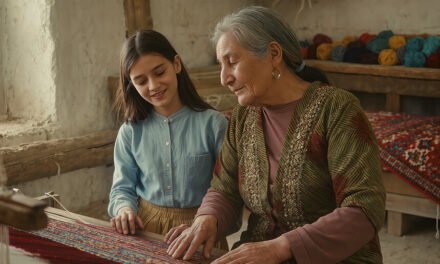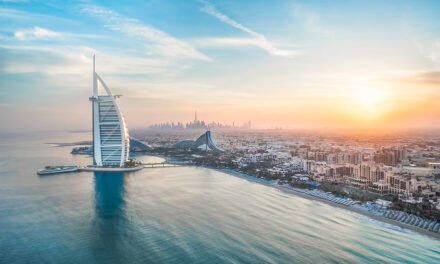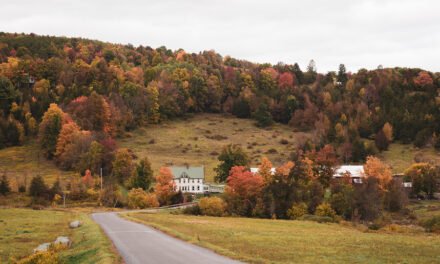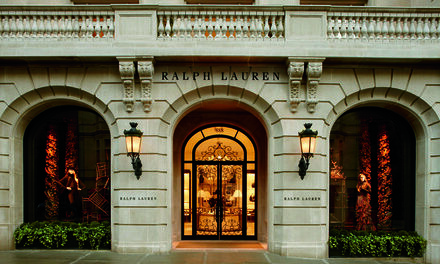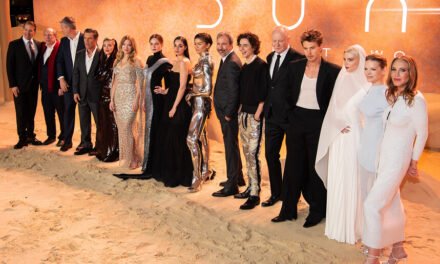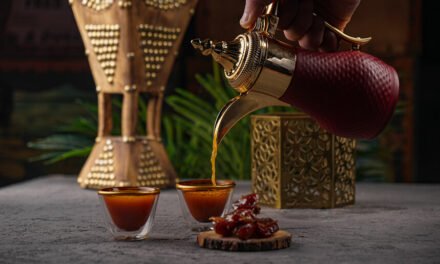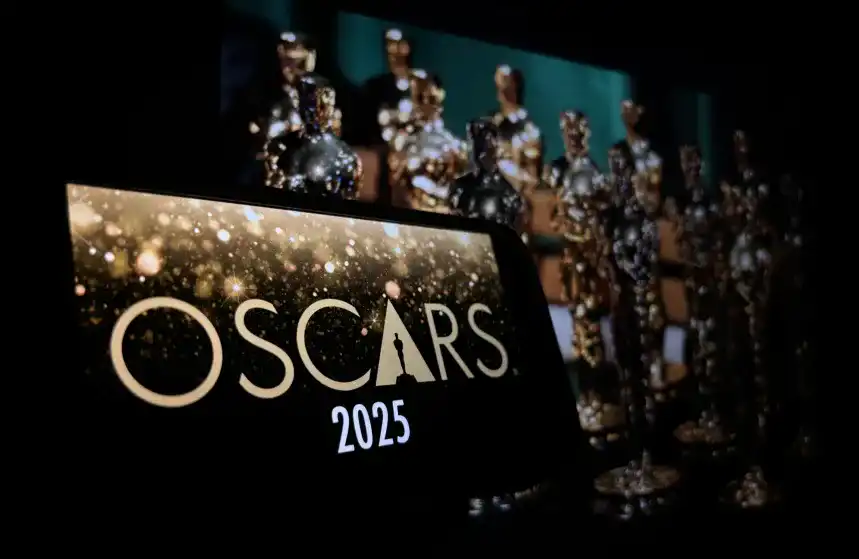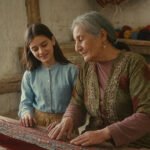There are places on this earth that seem almost too cinematic to be real—landscapes that evoke myth, legend, and distant galaxies. One such place is Jordan’s Wadi Rum, a desert so otherworldly that it has become Hollywood’s portal to the past, the future, and everything in between. Its crimson dunes and sculpted sandstone cliffs have transported audiences to Mars, ancient Arabia, and, most recently, the windswept battlegrounds of Dune: Part II, which triumphed at the 2025 Oscars with awards for Best Sound and Best Visual Effects. But beyond its striking scenery, Wadi Rum represents something more— an emblem of how the Middle East has shaped global storytelling.
Hollywood has long been fascinated by the Middle East, though not always in the most authentic ways. Yet, in recent years, something has shifted. The region is no longer just a backdrop—it’s becoming a storyteller in its own right. The growing presence of Middle Eastern films at the Oscars signals a long-overdue recognition of its cinematic artistry, proving that the region is not just a setting for grand epics, but a source of them.
The Desert That Speaks in Cinematic Language

Wadi Rum, often called the Valley of the Moon, has seduced filmmakers with its sheer, surreal beauty. It’s been the silent co-star in some of the most visually stunning films of our time, from Lawrence of Arabia to The Martian and Dune. Its role in Dune: Part II — a film that reimagines the desert as both a battleground and a sanctuary — underscores the timeless allure of this landscape. When Hans Zimmer’s thunderous score reverberates across the dunes, or when the sun carves shadows into the rock, it’s clear why Hollywood keeps coming back.
Yet, the Middle East is offering more than just cinematic spectacle. Its films, its directors, and its voices are stepping into the spotlight in ways that are impossible to ignore
From “Theeb” to the Oscars:
A New Chapter for Middle Eastern Cinema

For those who trace the history of Middle Eastern cinema, the journey to the Oscars has been long and filled with quiet triumphs. One milestone came in 2016 when Theeb, a Jordanian film directed by Naji Abu Nowar, earned a nomination for Best Foreign Language Film. Set against the very sands of Wadi Rum, Theeb told the story of a young Bedouin boy navigating the unforgiving desert during
World War I — an intimate tale woven with universal themes of survival, trust, and loss.
At the time, Theeb’s nomination felt like a breakthrough, a signal that Middle Eastern cinema was ready to claim its place on the world stage. It wasn’t just a film about the desert; it was a film from the desert, told with a raw authenticity that Western audiences rarely saw.
Since then, the presence of Middle Eastern films at the Oscars has grown. Capernaum, For Sama, and The Man Who Sold His Skin have all continued the region’s rise in global cinema, offering stories that move beyond stereotypes and into deeply human, universally resonant narratives.
Bridging Cultures Through the Lens of Film

As pistachio gains traction, chefs and food brands are eager to innovate. Ice cream parlors are crafting artisanal pistachio gelato swirls, bakeries are experimenting with pistachio-infused croissants, and even cocktail bars are incorporating pistachio liqueur into their signature drinks. The Dubai Chocolate has not only reshaped dessert culture but has also paved the way for a broader culinary evolution.



